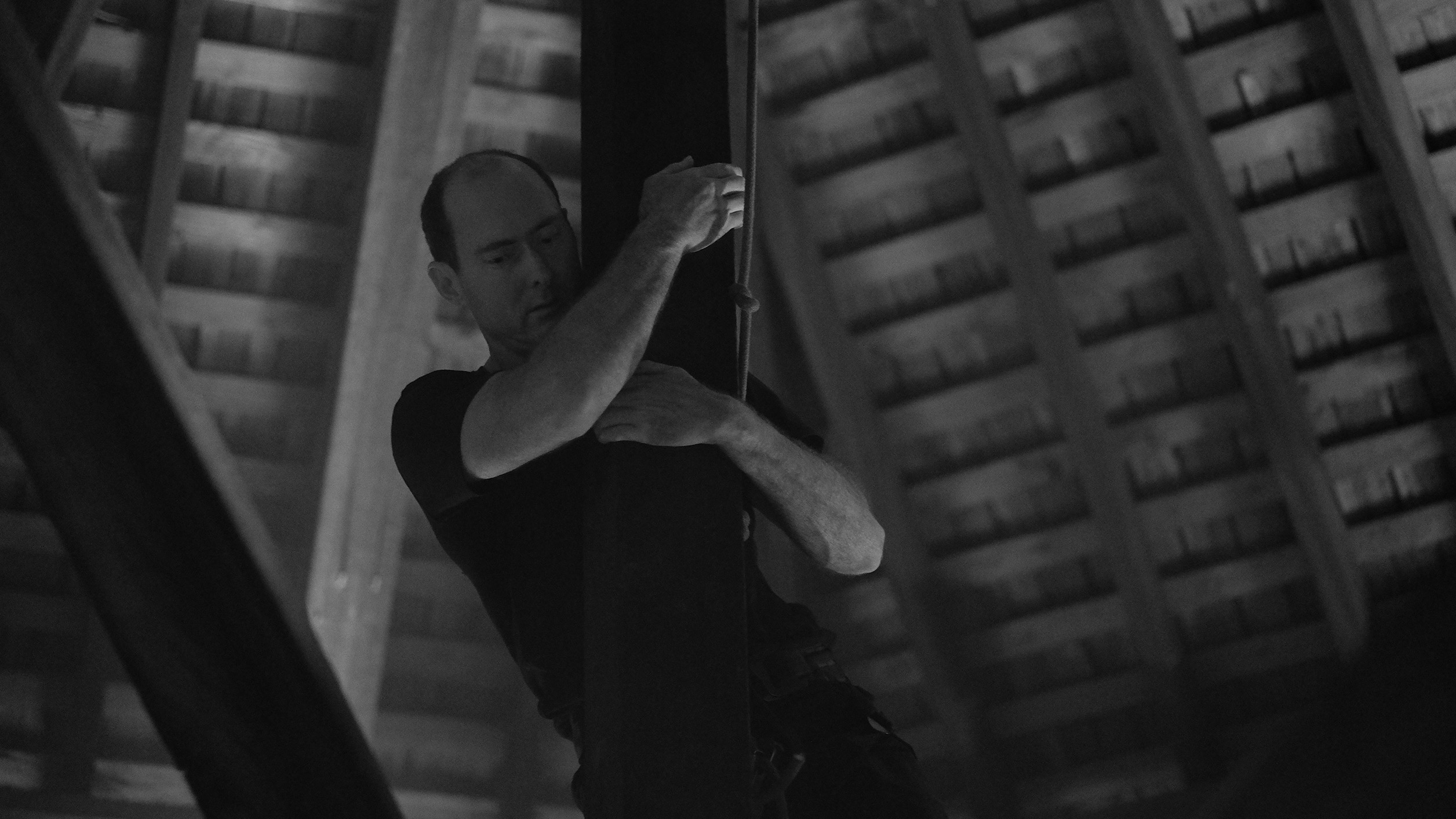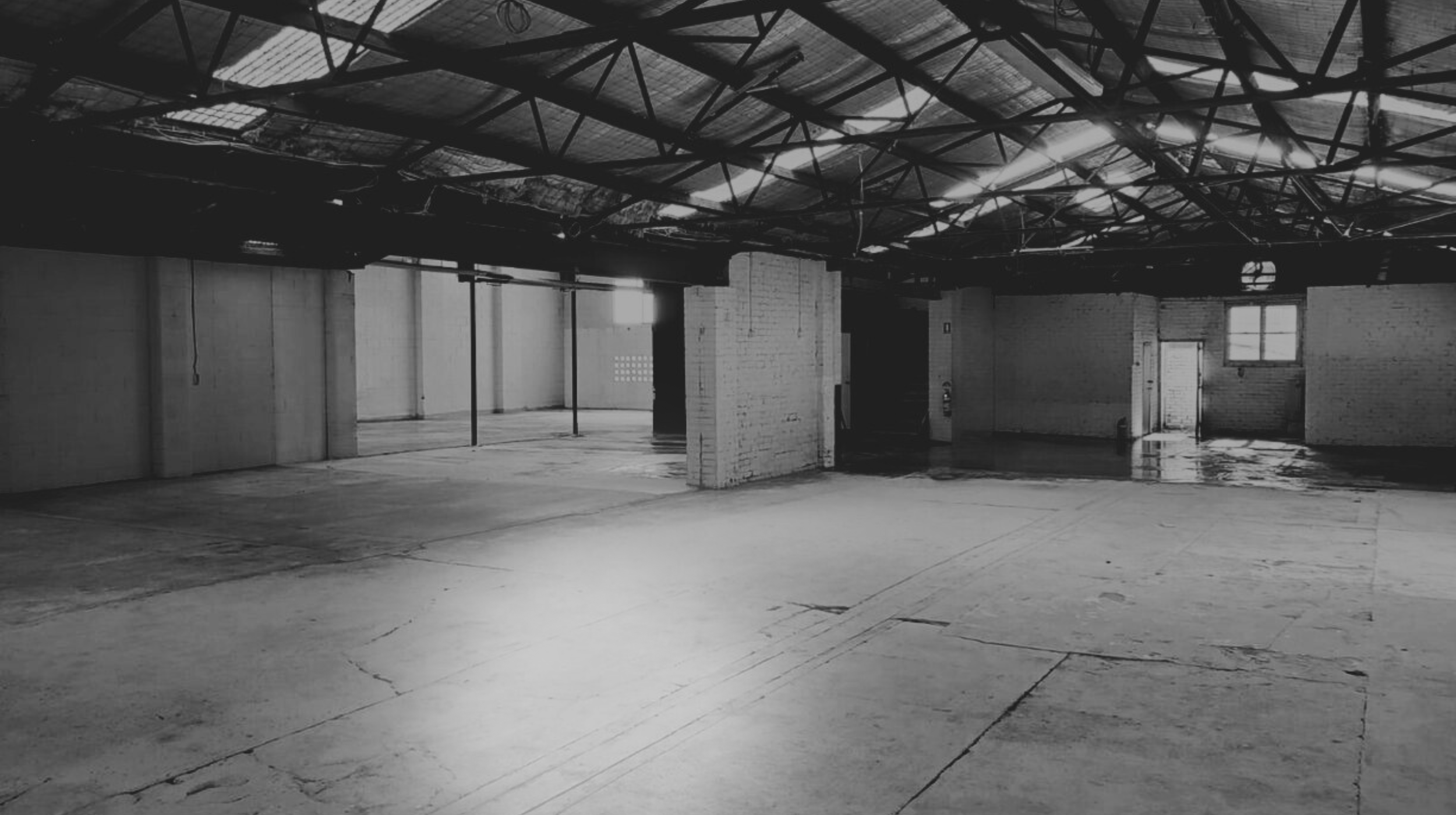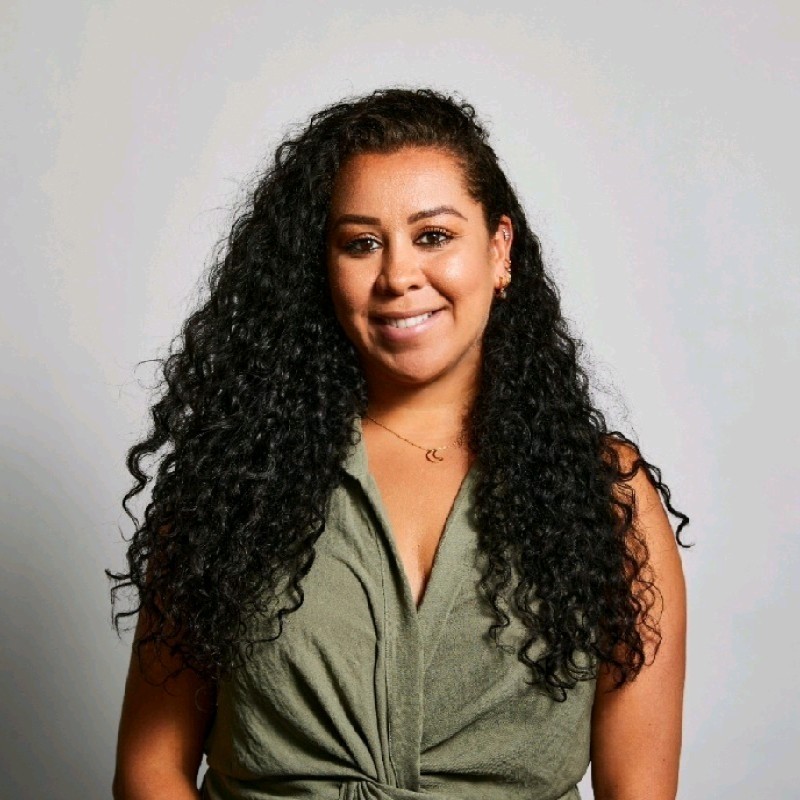
How do we communicate our academic work to the broader public?
12.10.2016
Professor David Schlosberg, Co-director Sydney Environment Institute
The focus of the Sydney Environment Institute is on the environmental humanities and social sciences – how we create, experience, and respond to environmental crises. Our affiliates address a wide range of issues, from urban environments and food systems, to the Great Barrier Reef and museum exhibits on the Anthropocene, to environmental and climate justice in adaptation planning. One of our constant challenges, however, is how we communicate our academic work to each other and the broader public. Thankfully, we have an incredible talent on board to help.
Anyone who has had any interaction with the Sydney Environment Institute over the last few years knows how important our Executive Administrator Michelle St Anne is to the everyday functioning, public presentation, and very personality of the Institute. In her other life, St Anne has been the very successful founder and artistic director of The Living Room Theatre, a company that has created numerous distinct and original works of innovative and immersive theatre, many of which address crucial themes of social importance.
Over the last few years, St Anne and LRT have taken the research of SEI affiliates as their inspiration – developing and performing theatre pieces that bring our environmental research to life. Shows have highlighted work on the Great Barrier Reef, climate migration, and sea turtles. LRT addresses the despair we often feel about the environment with the beauty of artistic vision.
This year, LRT and SEI are collaborating to present a new piece, ‘Black Crows Invaded Our Country’, drawing parallels between governmental responses to human migration and unwanted nonhuman species. Using the atrium of the Charles Perkins Centre as the backdrop, the piece will use the rhetorical imagery of ships, people, and crows as they are transported, trafficked or take flight to seek refuge from their various experiences of suffering. Academics will form a ‘murder of crows’, while futile political speak bellows from the buildings’ lifts as they move from floor to floor. World-renowned sound artists Lawrence English (electronics) & Mary Rapp (Double bass, cello, voice) will complement these ideas with field recordings, voice samples, and loops, helping the audience to reflect on the content in both an emotional and intellectual way.
The idea is to rethink, recontextualise, and rediscover the usual academic lecture, transforming it with poetry, performance, and live sound art. It promises to be another stunning and challenging theatre piece – and one that communicates academic research in the environmental humanities and social sciences beyond the usual articles, books, reports, blog pieces, and tweets.

